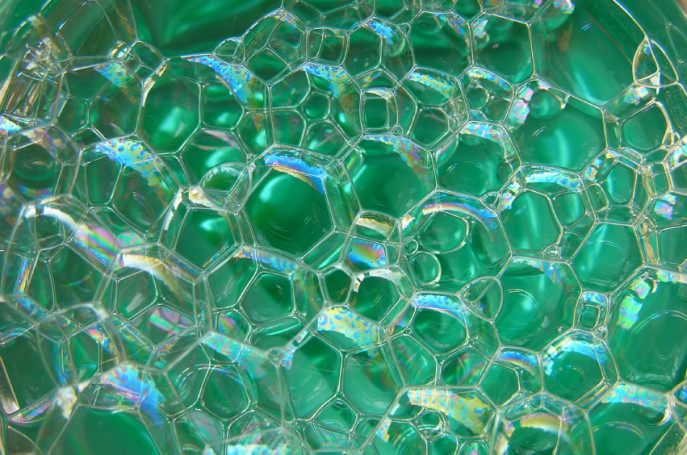
Winter has at long last drawn to a close, and Spring is on our doorstep! It’s time to clean house, literally, ridding our homes of odors, fumes and dust that have built up since we shut the doors and windows last fall. Spring cleaning has been a tradition for hundreds of years. It dates back to the time before central heating, when people threw open their windows to rid their homes of smoke, ash and coal dust, generated by their efforts to keep warm. March was the preferred month for spring cleaning, as it was warm enough to open the windows, but still too cool for insects.
It’s not as crucial for us to thoroughly clean only once a year, but spring is a wonderful time to make a fresh start, and rid our homes of harsh chemicals and toxic ingredients, some of which may be damaging to our health. Here are some tips on how to “clean green” this year, and enjoy a safe, healthy home that’s good for both you and the earth.
Step Number One: Look in the Pantry

Your new best friends can all be found in your kitchen. Baking soda does a fabulous job on countertops and getting rid of odors. Add some club soda (great for your glass surfaces), olive oil, vinegar, kosher salt, and lemons. Now you’ve got almost everything you need to clean mindfully, reducing your negative impact on the earth.
Step Number Two: Get Rid of Your Commercial Cleaners

Here’s what you’ll be saying goodbye to: alkyl phenol ethoxylates, ammonia, chlorine, lye, formaldehyde, petroleum solvents, and synthetic fragrances. Those are the ingredients in most conventional cleaning products. They actually pollute your home with a toxic mixture of petrochemicals.
Step Number Three: Be Kind to Yourself and the Environment
It’s not always “Better Living through Chemistry.” After filling our homes with synthetic chemicals, many of which are stored in the body, and polluting our streams and rivers with the residue rinsed down sinks and toilet bowls, it’s time to take back our homes and our health. You don’t have to make your own cleaners from scratch, as homeowners routinely did until after World War II. There are now a number of safe, environmentally friendly products available on your grocery shelves. One of my favorites is Seventh Generation.
In case you do feel up to the task, however, here are a few tips for cleaning green:
Kitchen: Try baking soda sprinkled on counters, tabletops, sinks, refrigerators and cutting boards, use a damp sponge to scrub lightly and rinse. if you need more abrasive action, add a little kosher salt. For stains and greasy spills, you can add lemon juice or vinegar. Vinegar kills most mold, bacteria and germs, and lemon juice has antibacterial and antiseptic qualities, plus it is a natural bleach.
Bathroom: Baking soda and vinegar will clean your sinks, showers, tubs and tile. If you like, add a little lemon juice for a fresh scent.
To clean grout, mix half a cup of hydrogen peroxide with one cup of water. Spray it on the grout, let it sit for one hour, then rinse.
To clean the toliet, use one quarter cup of baking soda with one cup of vinegar. Pour it into the bowl, let it sit for a few minutes, then scrub and flush.
Wood Furniture Cleaner: Make a natural furniture polish from one quarter cup white vinegar with one tablespoon of olive oil. Or you can mix two parts olive oil with one part lemon juice.
Glass Cleaner: Mix one quarter cup white vinegar or one tablespoon lemon juice with two cups water. You can add three to four drops of liquid soap, but it’s not necessary. Spray on glass and mirrors, then wipe off using old newspapers for a fabulous shine.
Floor Cleaner: Mix one half cup Borax with one gallon hot water. For hardwood floors, try a gentler mix of one quarter cup white vinegar and 30 ounces of warm water. Put it in a recycled spray bottle, then spray on a cotton rag until lightly damp. Use the rag to wipe your floors clean.
Carpet Cleaner: Sprinkle your carpets with baking soda before vacuuming to deodorize; to clean stains, mix equal parts Borax or baking soda with salt and white vinegar. Apply the paste to the rug, let dry, then vacuum.
Sterling Silver: The fumes from commercial silver cleaner can be very strong. Instead, try making a paste of baking soda and water, and polishing with a soft cloth.




